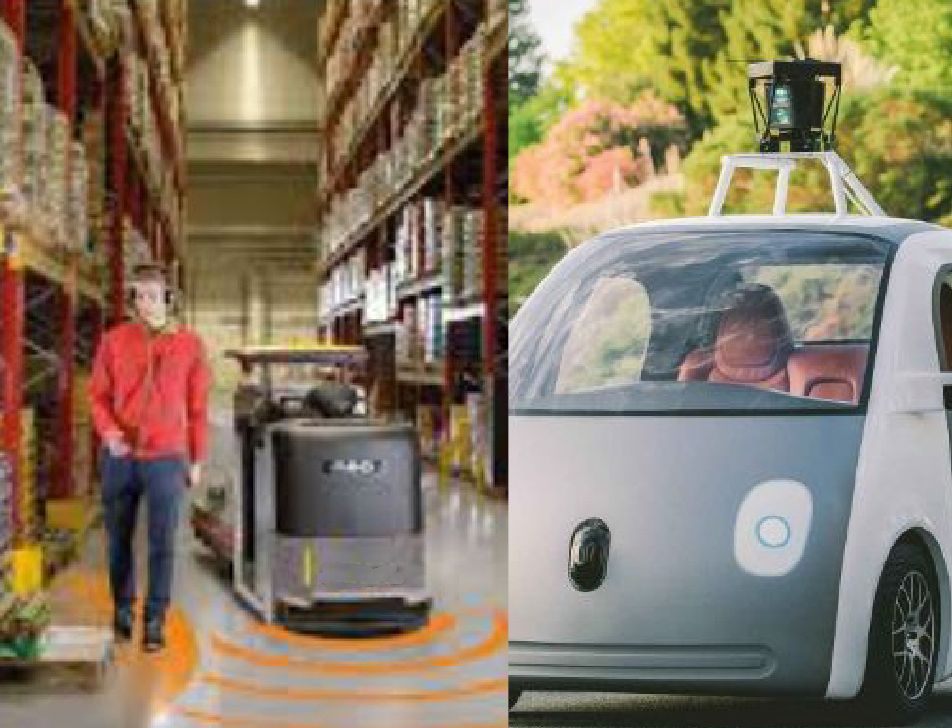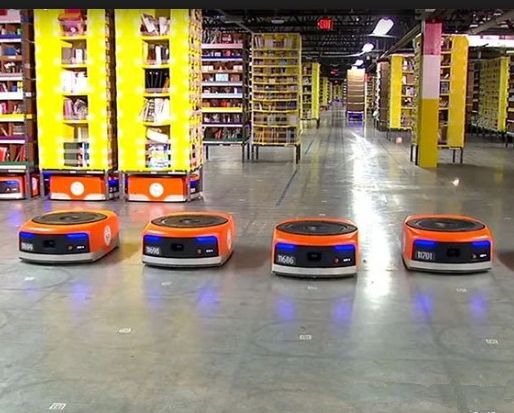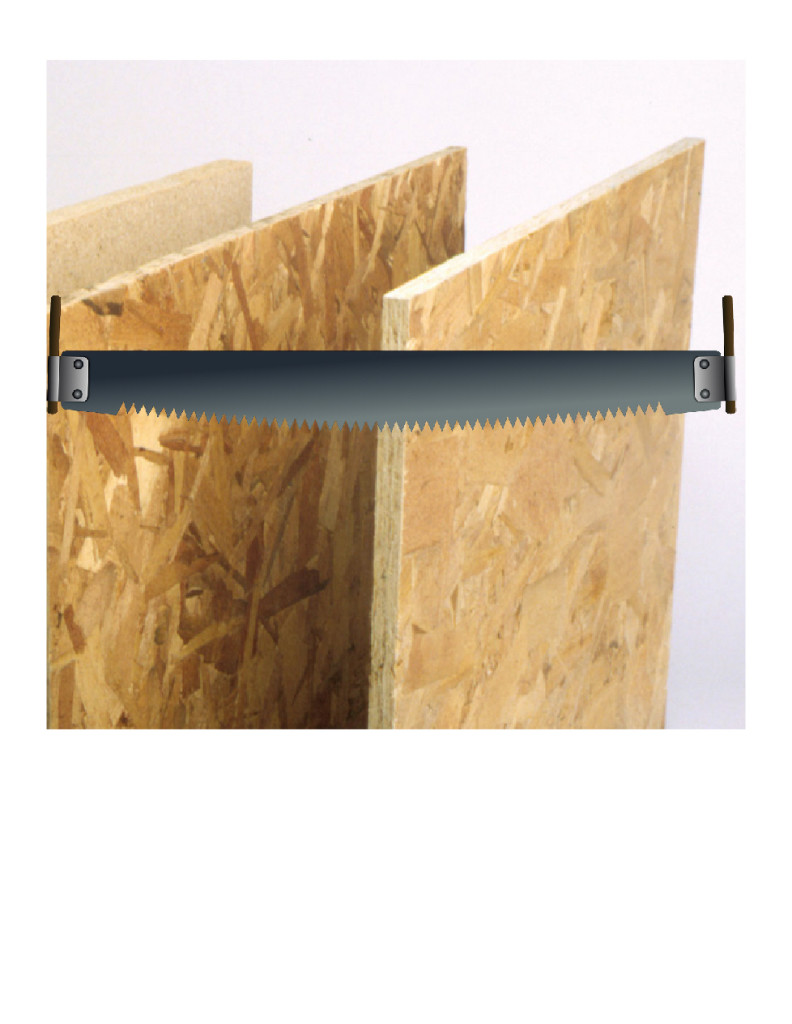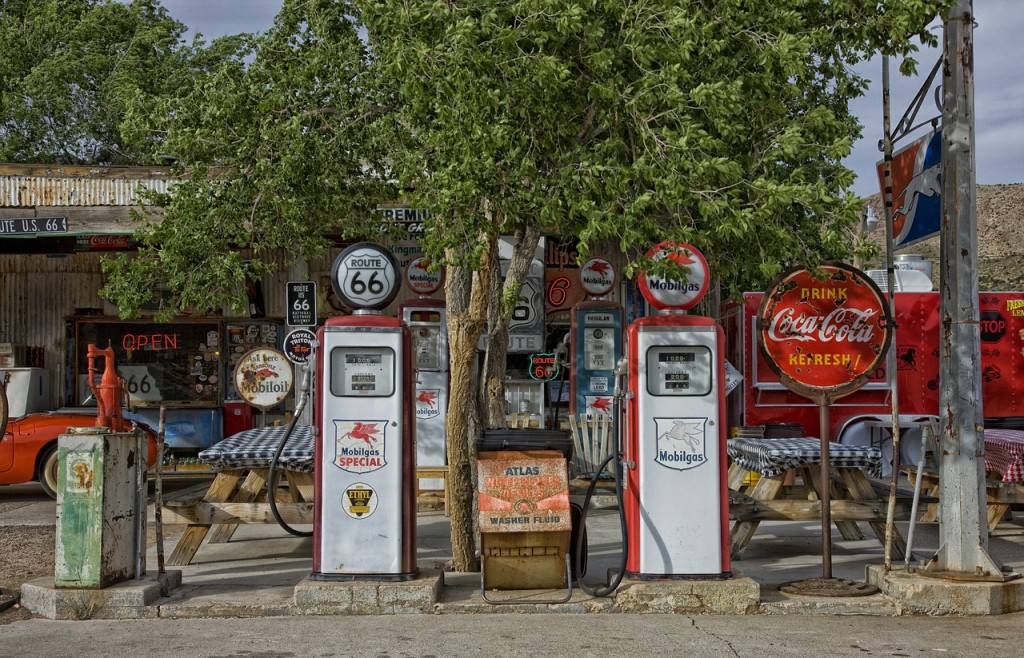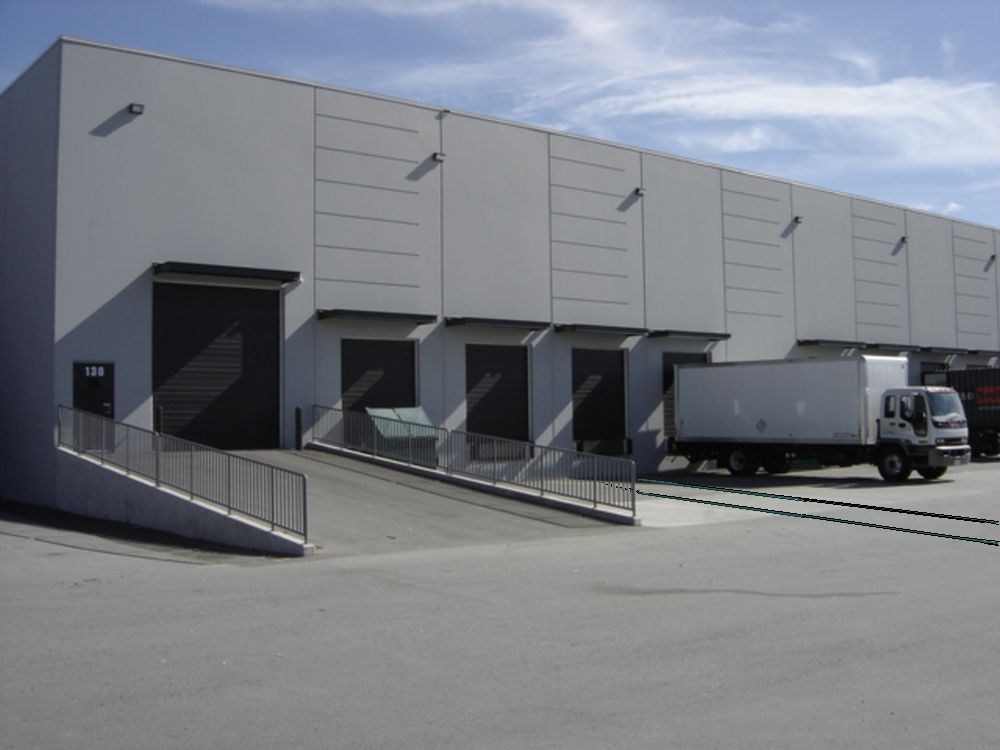Driverless Vehicles
Reply
None of us wants to be the first driverless vehicle casualty. Not a problem, the current generation was not born soon enough. Our grandparents generation witnessed the first driverless vehicle, an elevator. Yes, an elevator is a vehicle that carries people and rides on a vertical set of tracks. the first elevators were run by operators. As you might expect it was a strike of elevator operators in the 1930’s, that paralyzed high rise cities like Chicago and New York, that ushered in the first driverless elevators. Digital logic implemented with relays replaced the manual controls used by an elevator operator. Encapsulating the moving driverless car in a closed box solved the safety issue.
A driverless vehicle is not limited to traveling only in a vertical direction. When you install the tracks on the ground the vehicle travels in a horizontal path. The Atlanta airport has a driverless vehicle system that is much like an elevator on its side. The safety enclosure is right out of the elevator design text book. The track is fully enclosed and doors remain shut until a vehicle is at the stop.
None of us can picture encapsulating our road with access doors so that we could use driverless vehicles. Even if we could, I can’t imaging people wanting to wait in line at rush hour for their turn in the enclosure.Google claims that their 64 laser LIDAR system mounted on the top of their test vehicle is the proper solution. Certainly the included computing horsepower to process a million byte of data per second that it generates makes it expensive enough. Most purchasers of driverless vehicles must take cost into account. This probably is why most warehouse driverless vehicle only have a one laser LIDAR. As you might project the lower cost approach is attractive to many more users. The current flurry of adoption of warehouse driverless vehicle is just one more confirmation. Amazon currently has 45000 driverless vehicles in their warehouses.
As we evolve our driverless vehicles, we also are inventing the safety system that must be included. We can only hope to minimize the number of people that are hurt.



